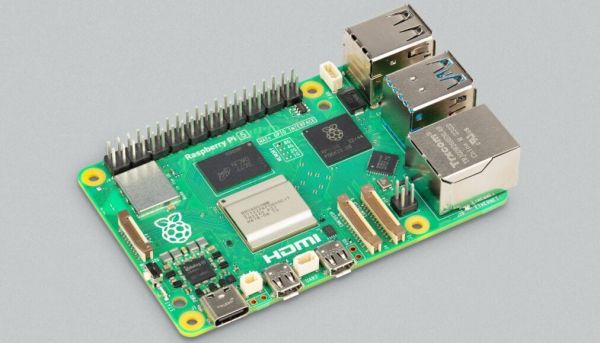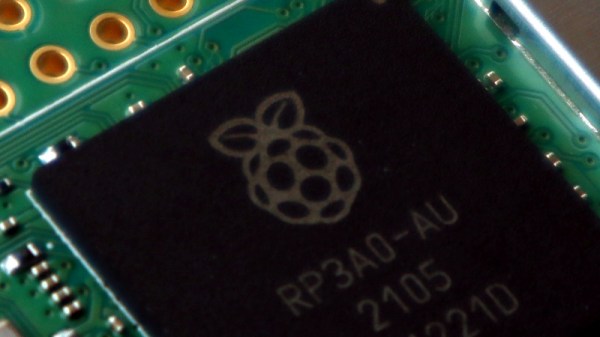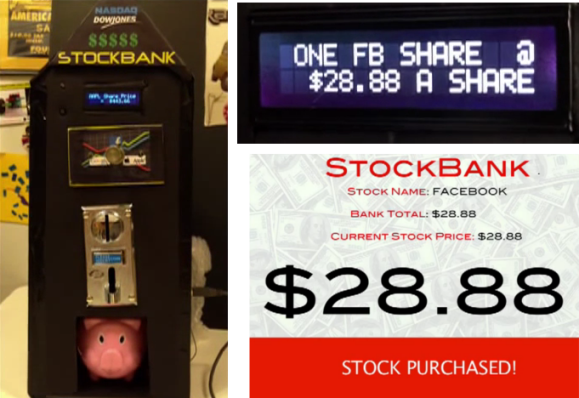If you’re a regular visitor to the Raspberry Pi website and you have a sharp eye, you may have noticed during the last few days a new link has appeared in their footer. Labelled “Investor relations“, it holds links to the documents filed with the London Stock Exchange of their intention to float. In other words, it’s confirmation of their upcoming share offering.
It has been interesting to watch the growth of Raspberry Pi over the last twelve years, from cottage industry producing a thousand boards in China, to dominating the SBC market and launching their own successful silicon. Without either a crystal ball or a window into Eben Upton’s mind, we’re as unreliable as anyone else when it comes to divining their future path. But since we’re guessing that it will involve ever more complex silicon with a raspberry logo, it’s obvious that the float will give them the investment springboard they need.
For those of us who have been around for a long time this isn’t the first company in our corner of the technology world we’ve seen burn brightly. It’s not even the first from Cambridge. Appointing ourselves as pundits though, we’d say that Raspberry Pi’s path to this point has been surprisingly understated, based upon the strength of its products rather than hype, and while Eben is undoubtedly a well-known figure, not based upon a cult of personality. There is already a significant ecosystem around Raspberry Pi, we’d like to think that this move will only strengthen it. We may not be looking at the British Microsoft, but we don’t think we’re looking at another Sinclair either.


















